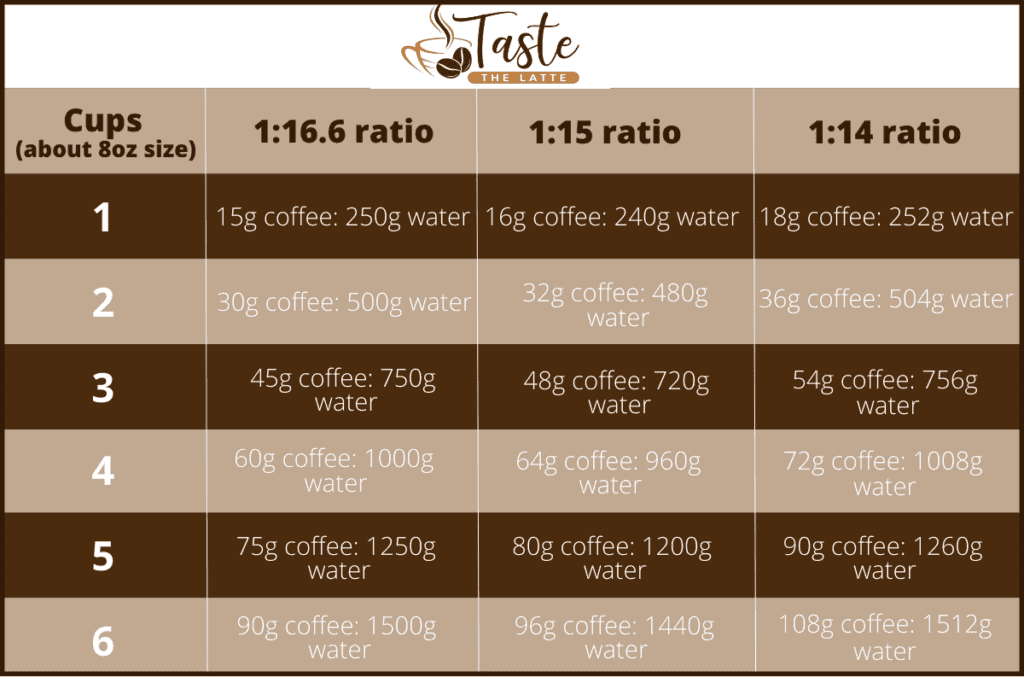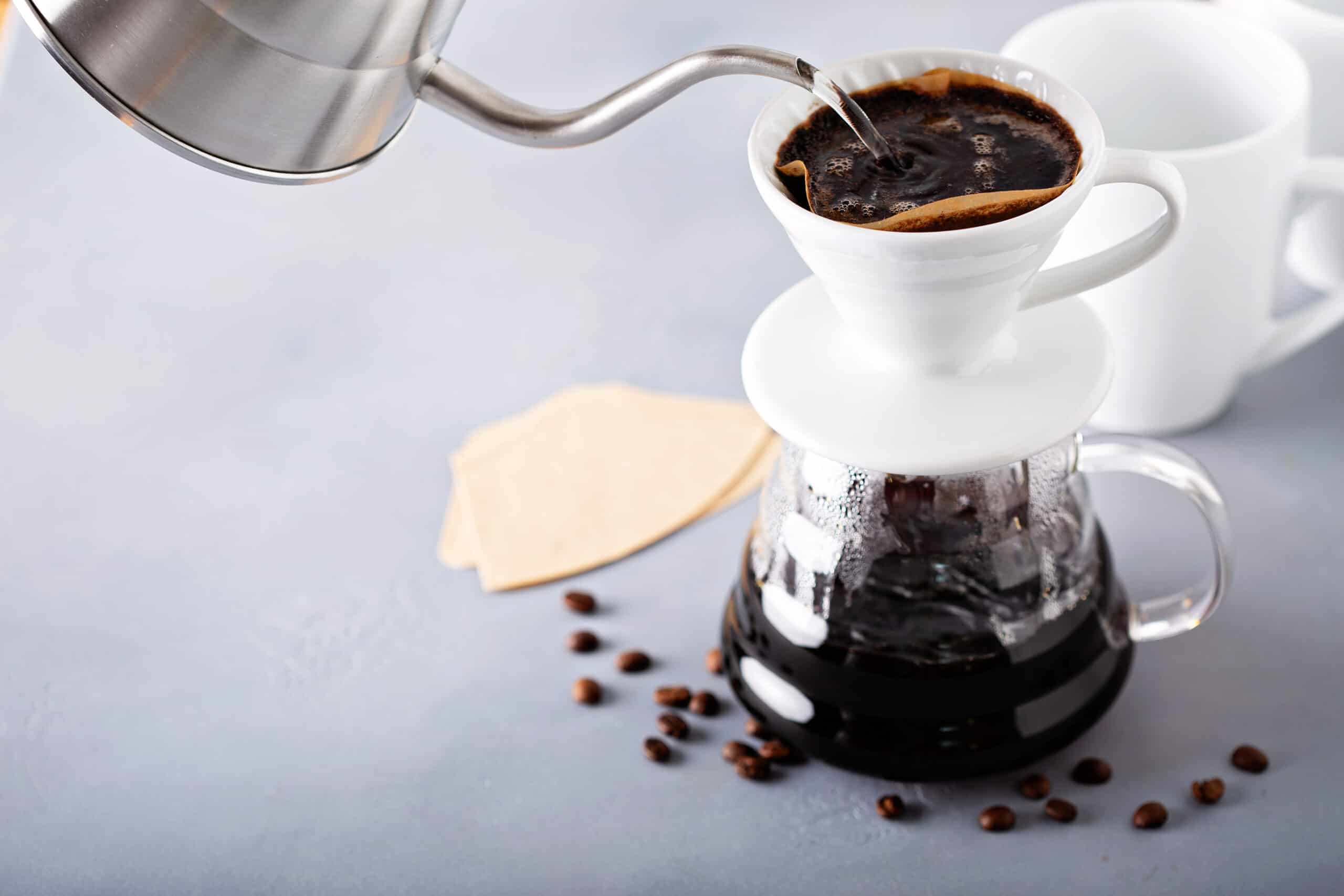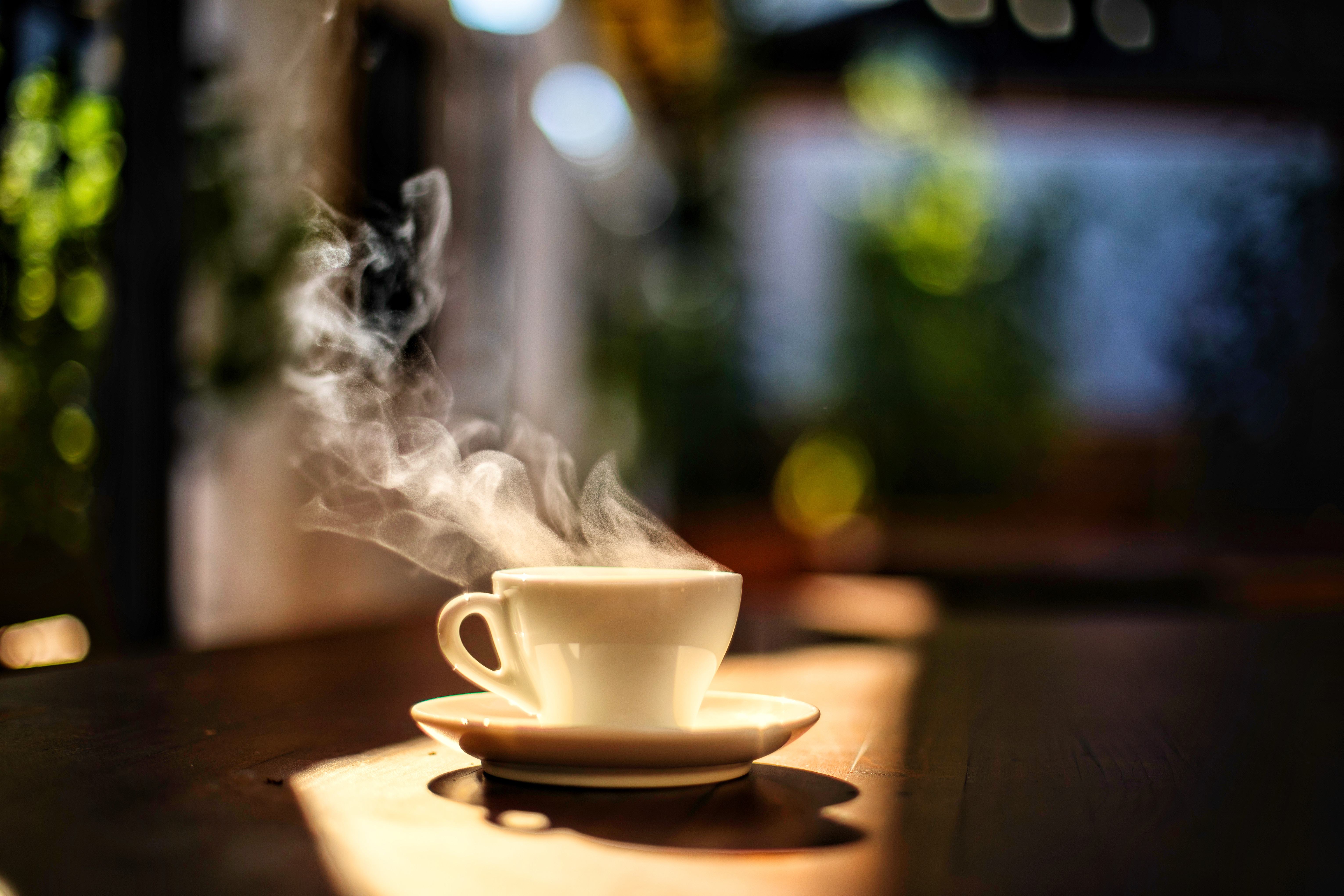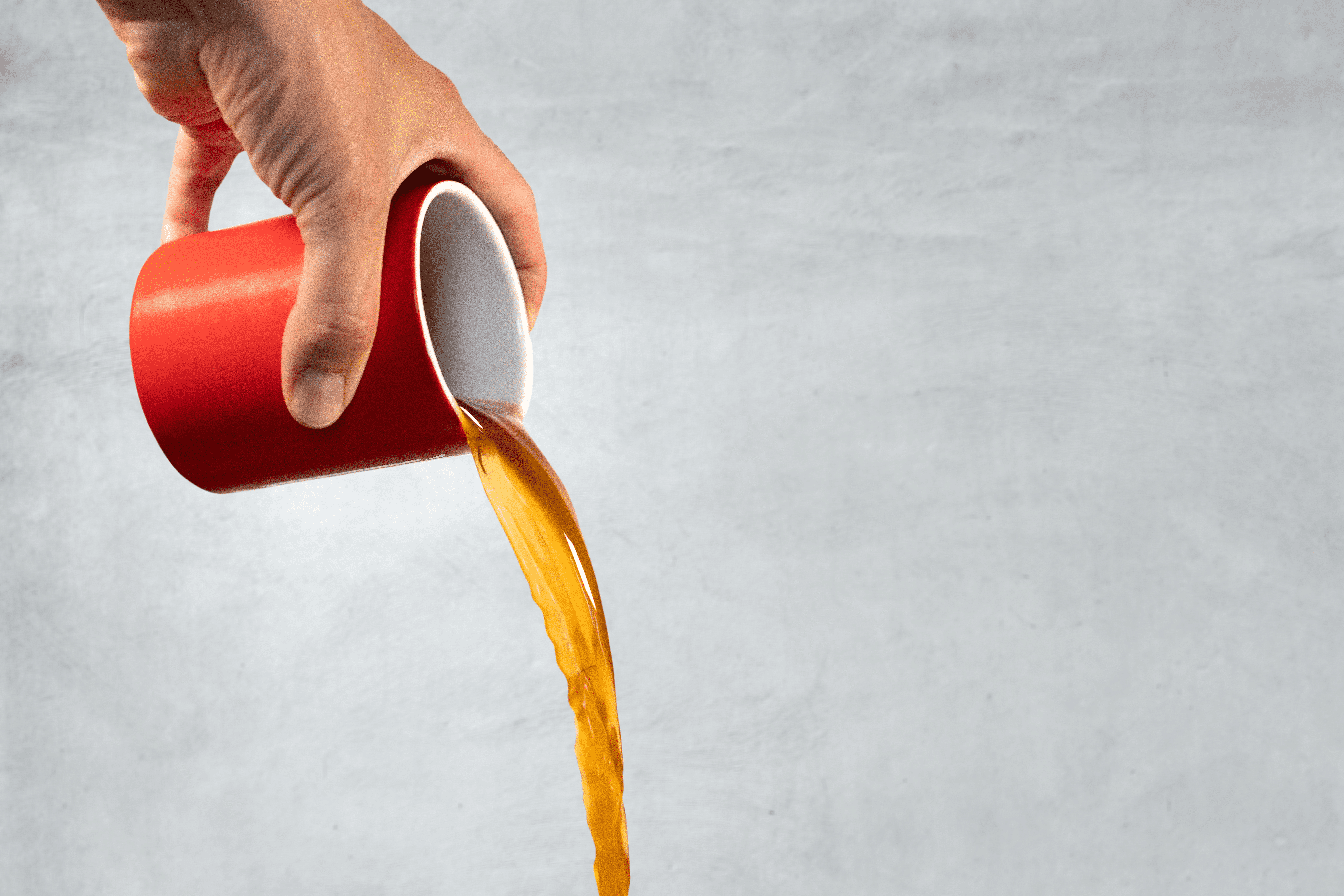You love a good cup of pour-over coffee, but when you make it at home, it doesn’t always come out as good as when you visit the local café. You figure there might be something you’re doing wrong, but what?
Here are some of the top pour-over coffee mistakes:
- Grinding the beans too early
- Brewing old coffee
- Pouring anywhere but the coffee bed
- Failing to agitate the grounds
- Brewing for too long
- Using a cold container for brewing
- Brewing with boiling low-quality water
Brewing mistakes will happen when making pour-over coffee. If you can identify what you’re doing wrong and rectify it, you can begin brewing that café-quality pour-over coffee at home every single time!
Why is Pour-Over Coffee so Good?
Before we get into some mishaps that you may be doing, let’s touch on why you would want to choose a pour-over coffee maker.
Unlike immersion brewing devices, like the French Press, where the grounds are immersed in water, a Pour-Over uses a different method. Instead, a steady stream of water is poured over the grounds in a circular motion.
A Chemex is a type of pour-over method that uses a specific kind of coffee filter. The filter is thicker and in the shape of a square that is folded to make it fit nicely inside the Chemex. Typical pour-overs use thin circular filters, much like the ones used for drip coffee, except with a pointed bottom. Other than the paper filters, Chemex and pour-overs are very similar.
Pour-overs are beloved by so many because it gives the coffee drinker much control over the brew. Since it is a manual brew method, you have complete control over the water temperature, coffee strength, and the speed at which you pour the water.
Are You Guilty of These 12 Pour-Over Coffee Mistakes?
Grinding the Coffee Beans Too Early
Do you grind your coffee beans on Sunday night or Monday morning to use for the rest of the week?
The longer the beans are out, the greater the risk of exposure to oxygen. The odor and flavor of each bean begin to vanish as the solubles in the beans oxidize. This is why whole beans are always superior to pre-ground beans.
It’s best to grind the coffee beans you want to use for your morning brew the same day or at least the night before, but no earlier than that.
If you need more time to grind coffee beans, then at least store the beans in a vacuum-sealed container. Do not open the beans until it’s time to use them.
The airtight seal that the vacuum sealing creates will prevent the beans from being exposed to oxygen for too long, so the flavor and aroma can remain.
The type of coffee grinder you use will also impact how your pour-over coffee tastes. The best one to use is a burr grinder, preferably a conical one. These grinders grind the beans instead of chopping or slicing them, leading to more uniform coffee grounds and the grind size you want.
To learn more about the right way to grind your coffee beans, click the link.
Brewing Old Coffee
You also have to know when to throw your coffee beans out. Fresh coffee beans can make all the difference.
Proper storage, like in a coffee gator, can keep coffee beans moderately fresh for about nine months, but if you’re storing them in any ol’ bag, you don’t get nearly that long.
If you can’t remember when you bought your coffee beans, especially when you roasted them, or if you roasted them a month ago and they miraculously kept, it’s not the best idea to brew those beans for pour-over coffee.
The beans might look and smell okay, but the oxygen has gotten to them. They’ll taste flavorless, stale, and bland. You could make much better coffee, so don’t put yourself through that.
Read “How to Tell if Your Coffee Beans Have Gone Bad.”
Pouring Anywhere But the Coffee Bed
Your pour-over coffee mistakes might be related to the freshness of the coffee beans and how you’re pouring them.
Some coffee lovers miss the coffee bed completely when pouring the water in. This isn’t always by accident, though.
After all, when the coffee grounds stick to the filter, pouring water down the sides is the easiest way to dislodge them, right? Well, yes, but it’s still the incorrect technique.
When water goes down the sides of the brewer or filter, it can easily reach the brewing coffee, often unbeknownst to you.
What ends up happening is that your coffee will taste bland and lifeless, and that’s because you diluted the brewing coffee with water.
Be sure to pour concertedly into the coffee bed and keep the filter’s sides dry.
Pouring Unevenly
Pouring water into the coffee bed is not a race or competition. If you have to breeze through the process of making pour-over coffee, maybe today is a better day to get your coffee from a drive-thru. You can try brewing again tomorrow.
When you do pour the water in, you want to go slowly. Don’t just pour the water straight into the center of the coffee bed, but around the entire coffee bed.
Begin the circle in the middle of the bed and then continue rotating the water around the outside of the bed. Then go back to the inside and repeat.
A gooseneck kettle will make it much easier to pour slowly and concertedly like this.
When you saturate one spot of the coffee bed with water, the coffee beans can’t evenly extract. The flavor of your coffee can taste off.
Forgetting to Bloom the Grounds
When you wet them with hot water, the coffee grounds will expand, bubble, and produce carbon dioxide. You can encourage this behavior even more by blooming the grounds.
All you have to do is add water to the center of the coffee bed, expanding your pour to include the sides (but not saturating the coffee filter).
You need two times the amount of water when blooming compared to the amount of coffee you want.
It can take upwards of 30 seconds for the grounds to begin bubbling and releasing carbon dioxide, but once it happens, you’ll know it.
Blooming coffee grounds first produces a delicious-tasting cup of coffee, so get into the habit of doing it when making pour-over coffee.
Failing to Agitate the Grounds
When it’s time for your coffee grounds to bloom, you want to agitate them.
Coffee ground agitation disturbs the coffee bed by shuffling around the grounds. You can use a plastic coffee stirrer, chopsticks, or a long spoon. Then all you have to do is swirl and stir.
Agitating can de-clump the grouped-up coffee grounds that have begun to stick together, so it’s an essential part of making a high-quality cup of pour-over coffee.
If you have a paper filter in your coffee machine, stirring too vigorously will rip the filter. You don’t want to stir like your life depends on it. Keep your efforts measured and not too forceful.
Once that happens, you can’t guarantee a good cup of pour-over coffee. You’d be better off starting over, which is not what you want to hear at this point in the brewing process.
Brewing for Too Long
Pour-over coffee takes more time to prepare than your average cup of joe, but it does not brew for long. It should only take three to four minutes on average.
If it’s been more than four minutes and your pour-over coffee is still brewing, that’s hugely detrimental to the quality of your cup. The beans will over-extract, producing coffee with a bitter taste.
The brew can also have a very watered-down flavor even if you use the right amount of water and take special care not to soak the sides of the filter.
Brewing for Too Little Time
Just as risky to the quality of your pour-over coffee is brewing it for too little time.
Considering that pour-over coffee brews so briefly already, this is a mistake that few coffee lovers will make, but it can happen, so we wanted to talk about it anyway.
If brewing coffee for too long can cause the grounds to over-extract, it only makes sense that brewing for too little time results in under-extraction.
The beans need more time to extract their flavor and aroma fully, so you end up with coffee with quite a strange flavor profile. Each sip will taste salty and sour.
Fortunately, the flavor is weaker, but you’ll still want to spit out that first sip you take, as it’s different from what you expect!
Using a Cold Container for Brewing
When you’re in a rush in the morning, you probably choose your brewing container by one criterion. Is it clean? If so, then great, you’ll use the container.
The problem is that brewing pour-over coffee in a cold container will negatively impact how good it tastes.
What happens when hot coffee meets a cold container? That’s right. The steaming hot coffee quickly comes down in temperature.
When you pour the coffee into your favorite mug (or whatever mug is cleanest), you end up with a lukewarm cup.
Warm up the carafe before you brew is worth taking two minutes. Try rinsing it with steaming hot water (but be careful!) and then quickly towel-drying it.
Not Rinsing the Filter
Paper filters are handy since you don’t have to wash them when you’re done using them, but that doesn’t mean the filter never has to see a drop of water.
If you don’t moisten the filter with water before you add it to your coffee machine, then it’s no wonder your pour-over coffee leaves something to be desired.
The flavor of your coffee is pulpy, right? Maybe even a touch papery?
If you only drink dark brew coffee, you might never notice the papery flavor. Still, those who prefer lighter roasts can’t get through a cup of coffee without that paper taste ruining the experience.
By rinsing the filter, the unpleasant paper flavor should vanish.
Grinding the Beans Too Fine
Let’s go back to grinding for a moment because there’s another error you can make that can wreck how your pour-over coffee tastes.
If you grind your coffee beans ultra-fine, they’ll not be able to extract properly.
You know what kind of poor experience you’re in for, as we previously discussed the risks of under-extracted coffee.
The flavor of the beans is decidedly salty and sour, two flavors you want to avoid tasting when sampling coffee.
The ideal grind for pour-over coffee is medium-coarse, which has a rough sand texture and granule size.
Brewing with Very Hot Low-Quality Water
That brings us to the final mistake people make when brewing pour-over coffee, the type of water you’re using. Low-quality or scalding hot water will negatively affect the coffee’s flavor.
First, let’s discuss water quality. If you are brewing with tap water from the faucet, I hate to break it to you, but stop it. Tap water has a ton of minerals and other chemicals, including chlorine, that will affect the taste of your coffee.
Using filtered water through a reverse osmosis system or Brita water filter will give you clean water suitable for your drink.
As discussed in a different blog article, the ideal water temperature for brewing coffee does not exceed 200 degrees Fahrenheit. If your water is boiling, you can burn the coffee grounds before brewing them.
They’ll taste crispy and overdone, with sludgy, sour flavors that you won’t be able to get out of your mouth for quite a while.
Another risk when handling boiling water is that you could accidentally burn yourself. Please keep the temperature around 195 degrees for the best results.
How Many Grams of Coffee Should You Use for a Pour-Over?
Personal preference will always affect how many grams of coffee and water you want to use for your pour-over. A good place to start is a 1:15 coffee-to-water ratio. Try 16 grams of coffee with 240 grams of water (about 8 1/2 ounces of water).
Taste your coffee and adjust from there. Below is a table to help you get started.

To read more on coffee-to-water ratio, click here.
Final Thoughts
Pour-over coffee can be hard to master, but that’s only because so many pitfalls await coffee lovers who want to make their own brew at home.
We hope that you can fix any mistakes you’re making thanks to the information in this guide so you can enjoy delicious pour-over coffee anytime!
What is the Ideal Temperature for Coffee?
When attempting to create the perfect cup of coffee, many factors come into play: coffee beans, grind size, brew method, and coffee-to-water ratio, to name a few. Another detail to…
How To Know If My Coffee Maker Has Mold?
Most people love waking up to the smell and taste of a hot cup of coffee. It not only gives our bodies a wake-up boost from the caffeine but also…


